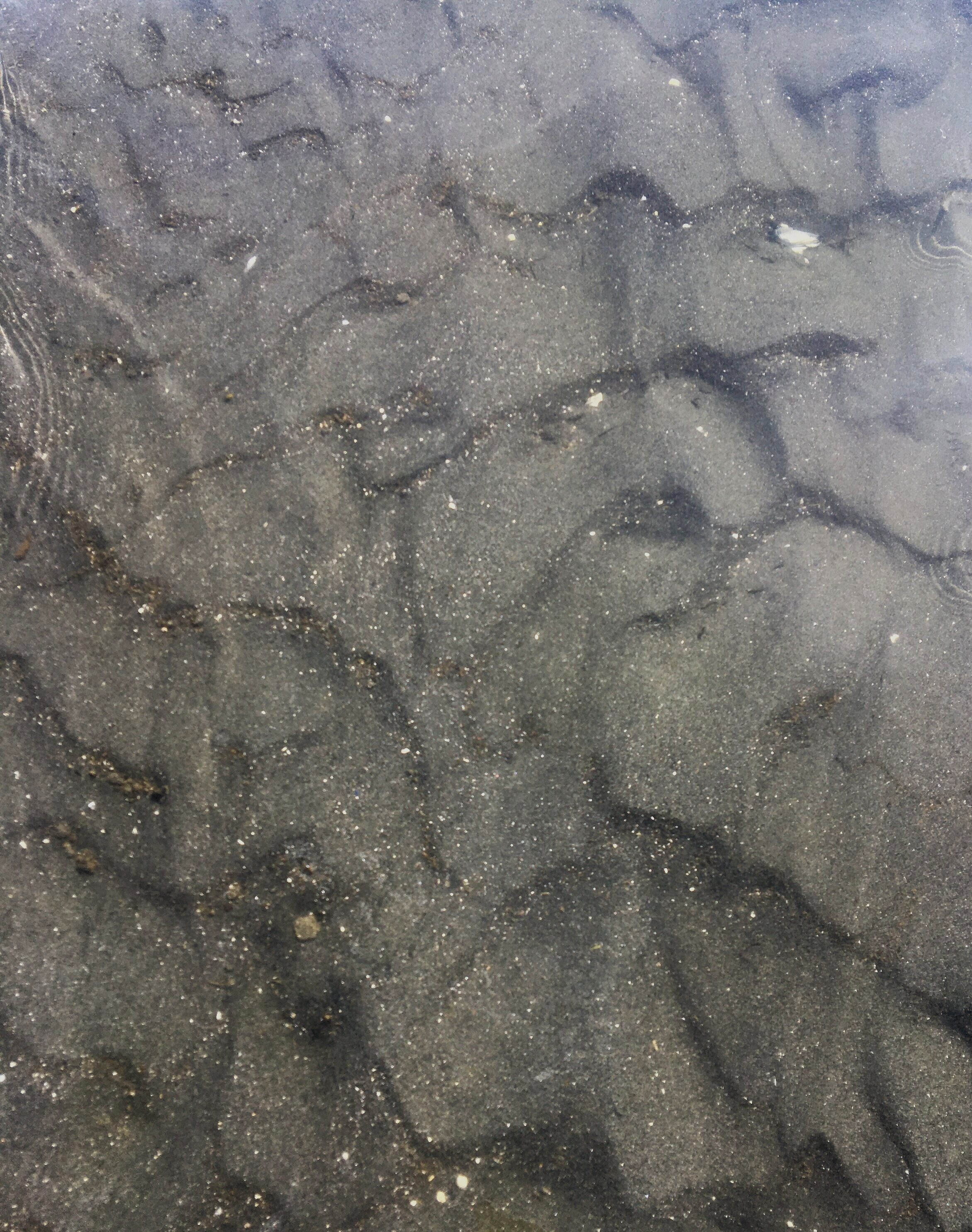

Arctic Grayling

Chum Salmon (spawning)

Sockeye Salmon (oceanbright)

Lingcod

Striped Bass (CA)

Lake Trout

Arctic Grayling

Yelloweye Rockfish (dyed)

Humpback Whitefish

King Salmon (ocreanbright)

Yelloweye Rockfish

Blue Lingcod

Coho Salmon (blush)

Inconnu (Sheefish)

Northern Pike

Round Whitefish

Pink Salmon (spawning)

Chum Salmon (oceanbright)

Dolly Varden Trout

created by nature, crafted by us.
fish skin
The majority of our materials either come from personal fishing effort or the generous contributions of friends and customers. Fish skin is a byproduct of the fishing industry (both commercial and personal use/subsistence) and we process these materials from fish caught to feed ourselves and others. No fish is targeted for the purpose of collecting the skin only. We are fortunate to use the following fishes to create our products: King (Chinook) Salmon, Silver (Coho) Salmon , Chum Salmon, Pink Salmon, Steelhead, Yelloweye Rockfish, Black Rockfish, Lingcod, Arctic Grayling, Dolly Varden, Northern Pike, Lake Trout, Humpback Whitefish, Broad Whitefish, Inconnu (Sheefish), Round Whitefish, Striped Bass (CA), Tilapia (CO)
fish fins
The same summer that I wondered if it was possible to make jewelry using fish skin, I also noticed that fish fins are very comparable in shape and design to butterfly wings - repetitive shapes found in nature. Fish fins from certain species are transformed into earrings and incorporated into other products. The process to create these products is quite tedious but the results are beyond wild and beautiful.
worm-wood
Worm-wood is also known as Teredo wood for the saltwater clam Teredo navalis that borrows and makes its permanent home inside submerged wood. This material is collected as driftwood pieces found along the beaches of Alaska, from Southeast to Kodiak Island. No clams are harmed in the collection, all burrows being vacant by the time the wood washes ashore.
autumn leaves
Chlorophyll is the pigment compound that produces the green color in plant leaves. Also present but not typically visible are pigment compounds known as xanthophylls, carotenoids, and anthocyanins which produce the yellow, orange, and red hues. Every autumn, in preparation for winter hibernation, the lessening light signals to the plant to stop producing chlorophyll and to absorb it for use the next spring, exposing the other pigments in the process and providing the stunning color show we get to enjoy every year.
“when you truly love nature, you find beauty everywhere.”
— Vincent Van Gogh





